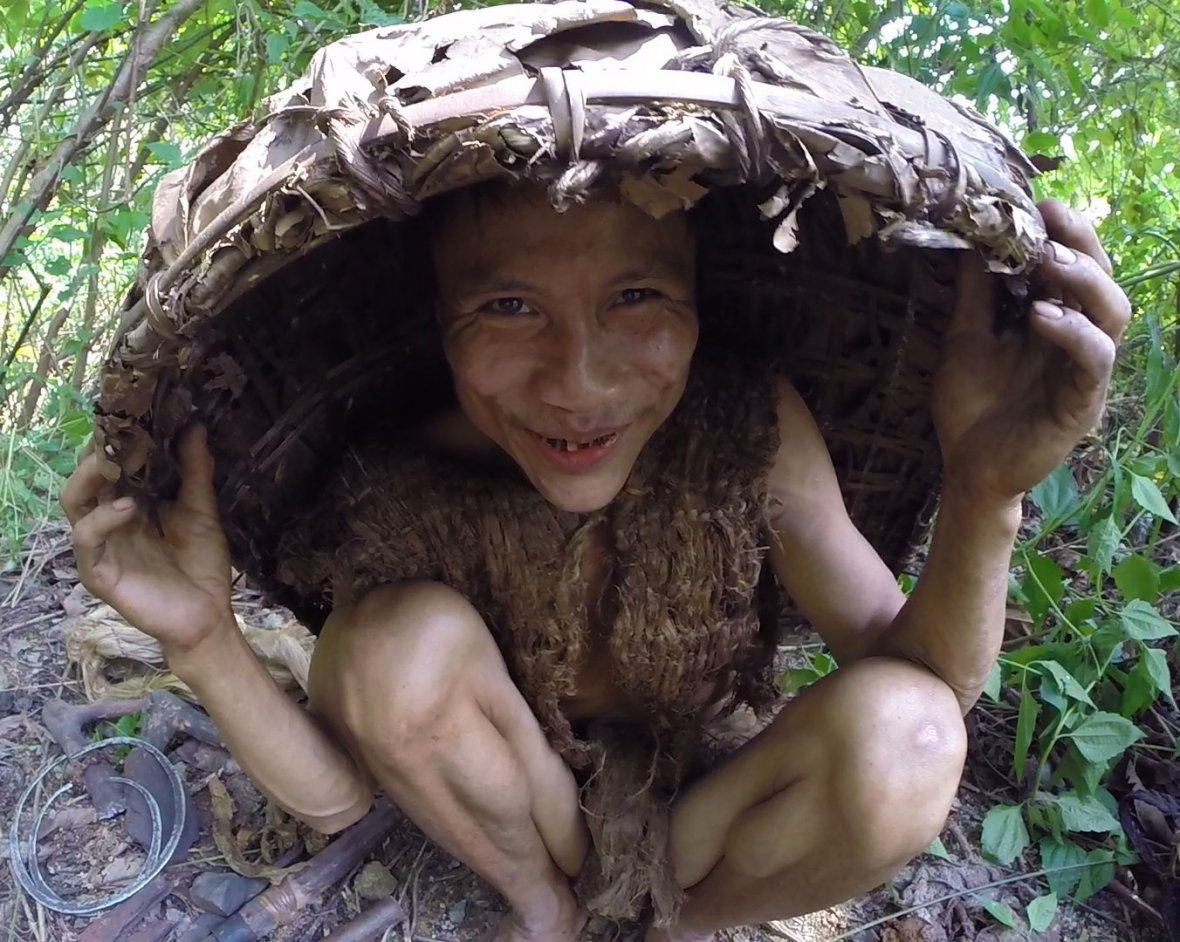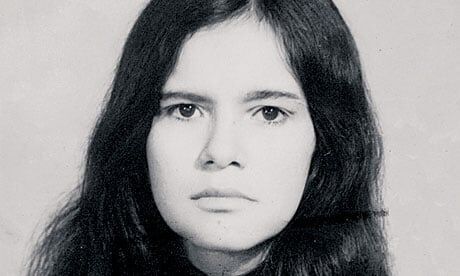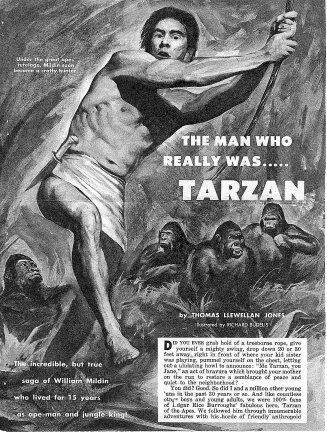Tarzan, lord of the jungle, king of the apes. We’ve all heard of him. Most of us have even seen one of his movies. A story about a baby boy stranded on an island and raised in the jungle by a gorilla. A classic tale, but is it all truly fiction? While it may seem fantastical, there are more real life stories like this than you would think.
For starters we have the story of Lord William Charles Mildin. Whether this one really happened or not is up for debate, but it is quite similar to the actual Tarzan tale. Presumably, when he was eleven years old, Lord Mildin was shipwrecked off the African coast. He claimed to have befriended a group of good-natured apes. While they gave him food and shelter, he provided for them by making weapons and creating fires. Eventually, he left the group of apes and was accepted within a local tribe. They then dubbed him Tarzan, meaning “White skin”. After having stayed there for fifteen years, Lord Mildin left when the tribe he joined became hostile towards their rival tribe. A few years after that, having returned to England, he claimed his title as the fifteenth Earl of Streatham. Since Lord Mildin stranded in 1868 and the first Tarzan book (by Edgar Rice Burroughs) was published in 1912, some people theorized that the story of Tarzan was actually based on Lord Mildin.
Another one of these real life Tarzans is a Vietnamese man named Ho van Lang. During the Vietnam war, when Lang was two years old, his father fled with him to the jungle after a bombing killed Lang’s mother and two of his siblings. While not exactly having been raised by animals, he has survived in the jungle for a great amount of time. After 41 years, when locals spotted two people in the jungle, they were brought back to civilization. They stayed away for so long because Lang’s father Thanh was convinced the war was still going on. He still believes this. That’s why Thanh wants to return to the jungle. Lang however is excited to be back. Even though he has no idea of the basic concepts of modern society (he doesn’t even understand the concept of females), he does enjoy new things like electricity and TV. As his father has once told Lang about TV’s, he understands that the people on it aren’t really in the “box”. Since he has had no social encounters with anyone except his father, adapting to the civilised world will be hard. Lang is described as being childlike and hardly speaks the local language. He also has no idea of what is right or wrong. This could lead to him unintentionally harming civilians, even though he is a quite peaceful person.
Lastly, we have Marina Chapman. According to her autobiography, she was taken from her village when she was four. Subsequently, she was released in the jungle, for reasons unknown to her. There she was adopted by a colony of capuchin monkeys. After surviving for a couple of years she was rescued and adopted, though she didn’t speak any human language. As an adult, she tried to tell her story in her autobiography, but most publishers rejected it because they didn’t feel it was authentic. A professor however performed a couple of tests on her, which strongly suggested she wasn’t lying about her past.
While I have only mentioned three real life Tarzans, there have of course been many more. Their lives have definitely been hard and were not as fantastical as Disney’s Tarzan. These encounters have changed their lives forever, but in the end they are all still very human. At the very least, we can say the Tarzan’s tale was less fiction than initially assumed.









